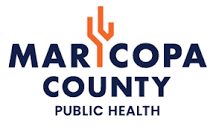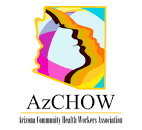Schools have been able to bill AHCCCS for medically necessary services they provide in schools if the child is a Medicaid member, and the services are included in the kid’s individualized education plan or IEP. IEPs are a set of goals and expectations that are individually developed for kids in schools.
A couple of years ago AHCCCS developed a State Plan Amendment that would allow schools more flexibility and dropped the requirement that kids have an IEP or 504 plan.
An 504 plan allows the school to give accommodation to students who may have a disability affecting their learning. It’s unlike an IEP because you can have any disability. In order to have an IEP, students need to qualify for the services under specific categories.
Under the new rules, services can be documented in “… any other documented individualized health or behavioral health plan or as otherwise determined medically necessary.”
See the State Plan Amendment
The new State Plan Amendment is a potential game-changer for schools that want to augment the behavioral health (or other services) they want to provide for their students. The services can be provided to any student that’s an AHCCCS member – even if they don’t have an IEP… opening up possibilities to meet behavioral health needs of students even if they don’t have a disability.
The list of potentially covered services are:
- Speech-Language Pathology Services
- Occupational Therapy Services
- Physical Therapy Services
- Nursing Services
- Specialized Transportation Services
- Behavioral Health Services
- Personal Care Services
- Audiology Services
- Physician Services
- Nurse Practitioner Services
To get reimbursed the school provides need to meet AHCCCS’ service definitions and at document the ‘other documented individualized health or behavioral health plan’.
Schools are reimbursed the lesser of AHCCCS’ fee-for-service schedule or the amount billed by the school minus an AHCCCS administrative fee.
I’m not sure how many schools are taking advantage of the new flexibilities built into the new State Plan Amendment provisions. I’ve pitched the idea of doing a story to a couple journalists- so we’ll see if anybody follows up and sheds some light on this.
I don’t expect Superintendent of Public Instruction Tom Horne to pay any attention to this or to encourage public schools to participate. Let’s just say he has other priorities like eliminating nonexistant critical race theory, encouraging even more participation in the private and homeschool voucher program and ‘classroom discipline’.




